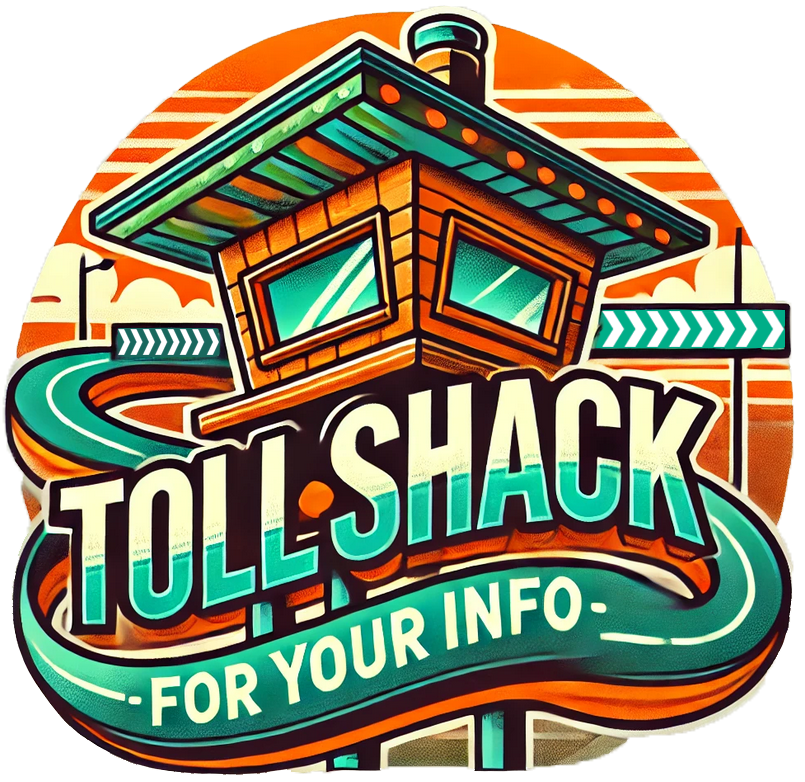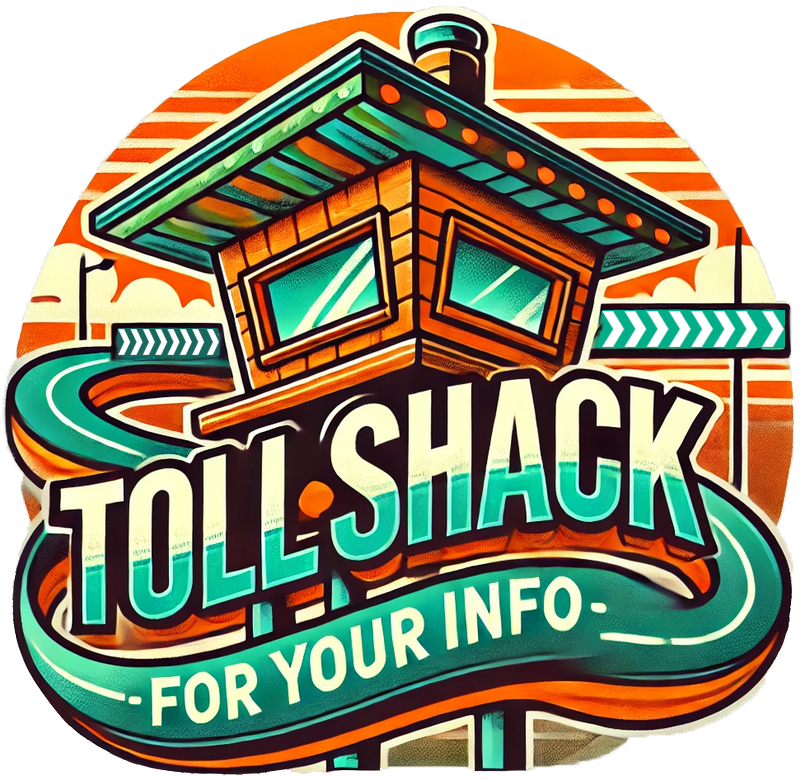All-Electronic Tolling (AET) is a toll collection system where cash payments are eliminated, and tolls are collected electronically without the need for physical toll booths. AET systems allow vehicles to pass through toll facilities at highway speeds, using various technologies to charge drivers. There are three main methods used in AET systems:
- E-ZPass or Transponders: Drivers use a pre-paid transponder mounted in their vehicle. As they pass through the toll point, the system automatically deducts the toll from their pre-funded account.
- Pay-By-Plate: Cameras capture the vehicle’s license plate, and the registered owner is billed for the toll, often at a higher rate.
- Video Tolling: Similar to Pay-By-Plate, but typically used for drivers who do not have a pre-registered account. The toll is billed after the vehicle passes the toll point.
Benefits of AET
– Reduced congestion: Drivers don’t need to stop or slow down to pay tolls, which helps reduce traffic bottlenecks.
– Increased safety: Fewer stops reduce the likelihood of rear-end collisions and other accidents.
– Environmental benefits: Less idling and smoother traffic flow lead to reduced emissions.
States and Cities with All-Electronic Tolling:
AET systems are widely adopted across the U.S. Here are some states and cities that have implemented AET:
- Northeast Corridor
– New York: The Tappan Zee Bridge, Henry Hudson Bridge, and several other bridges and tunnels in New York City have adopted AET.
– New Jersey: The New Jersey Turnpike and Garden State Parkway have implemented AET.
– Massachusetts: The entire Massachusetts Turnpike (I-90) uses AET.
- Mid-Atlantic and Southeast
– Maryland: All major toll facilities, including the Fort McHenry Tunnel and Chesapeake Bay Bridge, are AET under the DriveEzMD system.
– Virginia: Several facilities like the Dulles Toll Road and I-495 Express Lanes use AET.
– Florida: The Florida Turnpike, Dolphin Expressway, and other major toll roads have switched to AET.
- Midwest
– Illinois: The Illinois Tollway system uses AET, with I-PASS transponders as the primary payment method.
– Ohio: The Ohio Turnpike has implemented AET for parts of its toll system.
- Western States
– California: Major toll roads like the San Francisco-Oakland Bay Bridge and Orange County’s toll roads use AET.
– Texas: Toll roads in Austin, Houston, and Dallas have adopted AET, including the Central Texas Turnpike and Harris County Toll Roads.
- Others
– Colorado: The E-470 in Denver and the I-25 Express Lanes use AET.
– Washington State: The Tacoma Narrows Bridge and SR 520 Bridge are AET facilities.
All-Electronic Tolling is increasingly becoming the standard for toll facilities across the U.S., providing convenience for drivers and reducing operational costs for tolling authorities.









Customer Reviews
Thanks for submitting your comment!